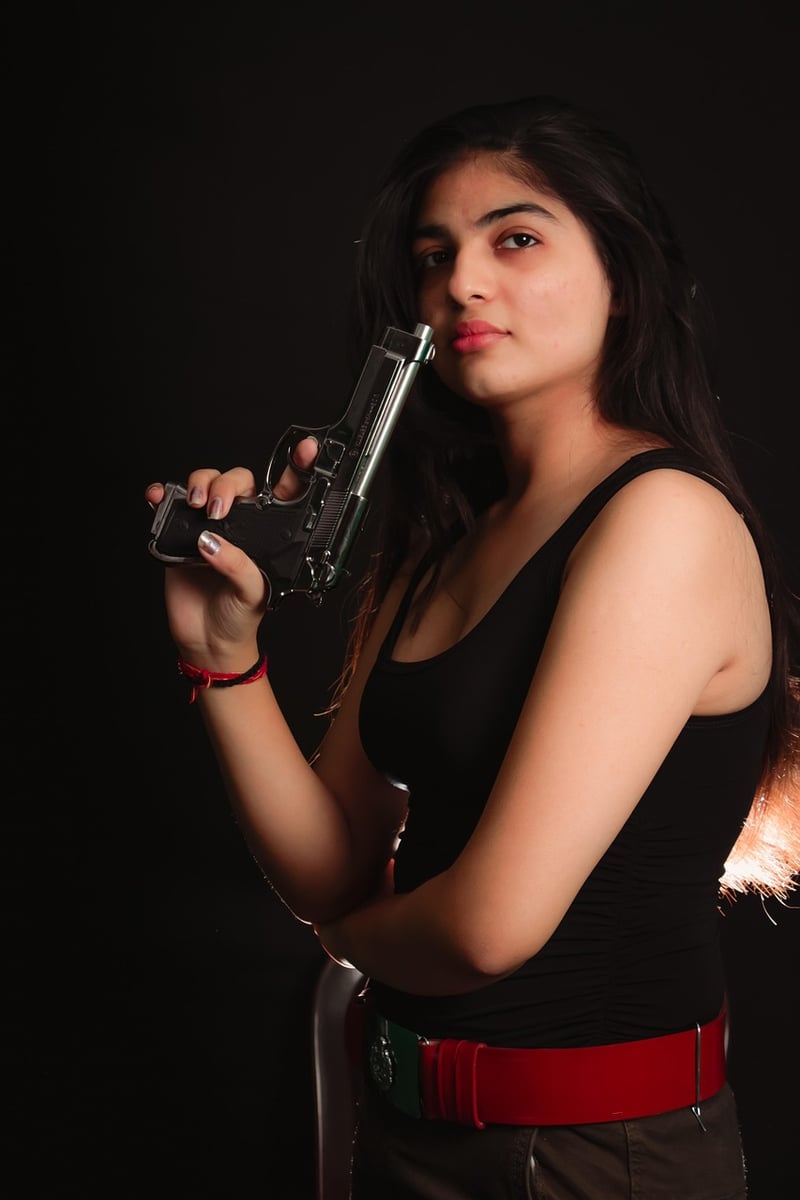Undercover Conversations
The Art of Discovering Hidden Communications and Undercover Conversations

Communication is a fundamental aspect of human interaction, but sometimes, conversations need to remain concealed or discreet. Whether you're a spy, detective, or simply curious about decoding secret messages, understanding hidden communications can be both intriguing and useful.
Types of Hidden Communications
Hidden communications come in various forms, each requiring a unique approach to uncover them:
- Steganography: Concealing messages within other non-secret data, such as images or text.
- Ciphering: Encoding messages using ciphers to prevent unauthorized access.
- Secret Codes: Using symbols or codes to represent words or phrases.
Tools of the Trade
To reveal hidden communications, specialized tools and techniques are often employed:
- UV Light: Used to uncover invisible ink messages.
- Encryption Decoders: Software capable of decrypting encoded messages.
- Frequency Scanners: Detect radio signals or hidden transmissions.
Undercover Conversations
Undercover conversations involve discreetly gathering information or intelligence without revealing one's identity or intentions. This practice is common in espionage, law enforcement, and investigative journalism.
To engage in undercover conversations effectively, individuals often rely on:
- Disguises: Altering appearance to blend in or remain undetected.
- Secret Signals: Using pre-determined cues to communicate covertly.
- Surveillance Equipment: Tools like hidden cameras or microphones for recording interactions.
Mastering the art of deciphering hidden communications and engaging in undercover conversations requires skill, precision, and discretion. Whether for professional purposes or personal intrigue, the ability to decode secrets and navigate covert interactions can be a valuable asset in various scenarios.
Remember, with great power comes great responsibility. Always ensure any covert activities are conducted ethically and within the boundaries of the law.
